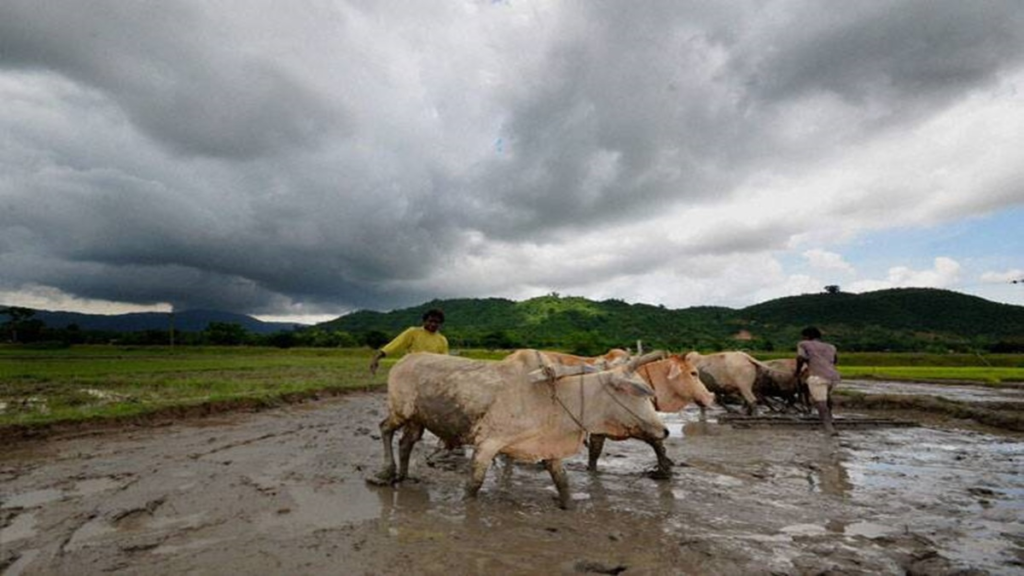Amid predictions by global agencies that a return of El Nino conditions in the pacific could weaken the south-west monsoon in India, India Meteorological Department (IMD) earlier this month forecast normal rainfall in June-September period. Mrutyunjay
Amid predictions by global agencies that a return of El Nino conditions in the pacific could weaken the south-west monsoon in India, India Meteorological Department (IMD) earlier this month forecast normal rainfall in June-September period. Mrutyunjay Mohapatra, director general, IMD, spoke to Sandip Das on issues associated with the weather forecast. Edited excerpts.
Q: What has been status of El Nino conditions since the IMD’s monsoon forecast?
Earlier this month, we gave a forecast that rainfall during June-September is likely to be in ‘normal’ range at 96% of the benchmark long period average (LPA). The next forecast for the monsoon will be made by the end of next month. Currently the El Nino is in “neutral condition”. It is not a severe El Nino, but a moderate one which is likely to develop by July and its impact may be felt much later. There is no one-to-one relation between El Nino and Indian summer rainfall, as out of 15 El Nino years during 1951-2022, there were six years with normal to above normal rainfall.
Also read: Political stability keeping India ahead, says Deepak Parekh
Q: What are other factors which would impact monsoon rains?
Indian Ocean Dipole (IOD), which assists monsoon rains, has been at a neutral position and is likely to be positive. Eurasian snow cover in January this year was the 9th lowest in the past 67 years. Eurasian snow has an inverse relationship with Indian monsoon. The negative impact of El Nino will be countered by positive IOD and low snow cover over the North Hemisphere and Eurasia that will ultimately result in a normal monsoon.
Q: What are the plans for adding more Doppler radars for improving weather forecasting?
We started installing radars in 1950 in Dum Dum airport (Kolkata) for aviation purposes. We came up with radars on the coast mostly for cyclone detection in the 1970s. These radars were based on analogue technology. In 2002, the first state-of-the art doppler radar was installed. During 2002–2014, we came up with 15 radars. Since 2014, 22 radars have been installed. It would help us in detecting the weather conditions fast. We have plans of installation of 67 radars by 2025. Doppler radars of varying frequencies — S-band, C-band and X-band — are used by IMD to track the movement of weather systems and cloud bands, and gauge rainfall over its coverage area of 200 to 500 km. Doppler radars gauge the intensity of rainfall and impact area in real-time, which is beneficial for farmers as well as the local population.
Q: What is the current status of agri-advisory services provided by IMD?
Advisory to farmers is done through a public private partnership mode with the Indian Council of Agricultural Research (ICAR) institutes, state agricultural universities and departments. We provide weather forecast up to 15 days. Based on this forecast they evaluate the current status of agriculture in various districts and possible impact and actions are prepared twice weekly and communicated to farmers. Currently 3,100 blocks are providing agro-climatic services. In the remaining blocks, we have weather forecast not agro-advisory. All the 7,000 blocks are getting weather forecast through 200 district agro-meteorological units, 130 agro-met field units located in Krishi Vigyan Kendras and universities.
Q: How do various Industrial sectors source data provided by the department?
Many industries are taking our automatic programming inter-face where they access our digital data on weather conditions. For instance, the met department provides on and off shore weather forecasts to offshore oil exploration companies such as ONGC, Reliance and Adani group. We provide aviation weather forecasts covering specific requirements of the airlines. The ports and shipping industry is provided with customised forecasts. Insurance sector, Indian Railways and the National Highway Authority are also provided our weather forecast. We will commence providing weather information to startups soon.
Q: Would you like to comment on the role of private entities in weather business?
In the US, the UK, Australia and others countries, weather forecast and early warnings are issued by the nodal agency like the IMD. There is credibility and accountability of the forecast provided by the government agencies. In case of application in various sectors such as insurance or agriculture, the private sector can play a role. For instance, through private-public partnership mode, IMD will provide technical support for setting up systematic observation and forecasting facilities in Maldives, Nepal and Bangladesh. The private sector will fund setting up these facilities.

Source:financialexpress.com


